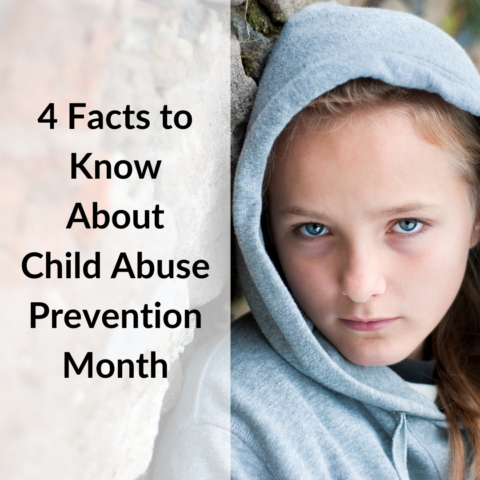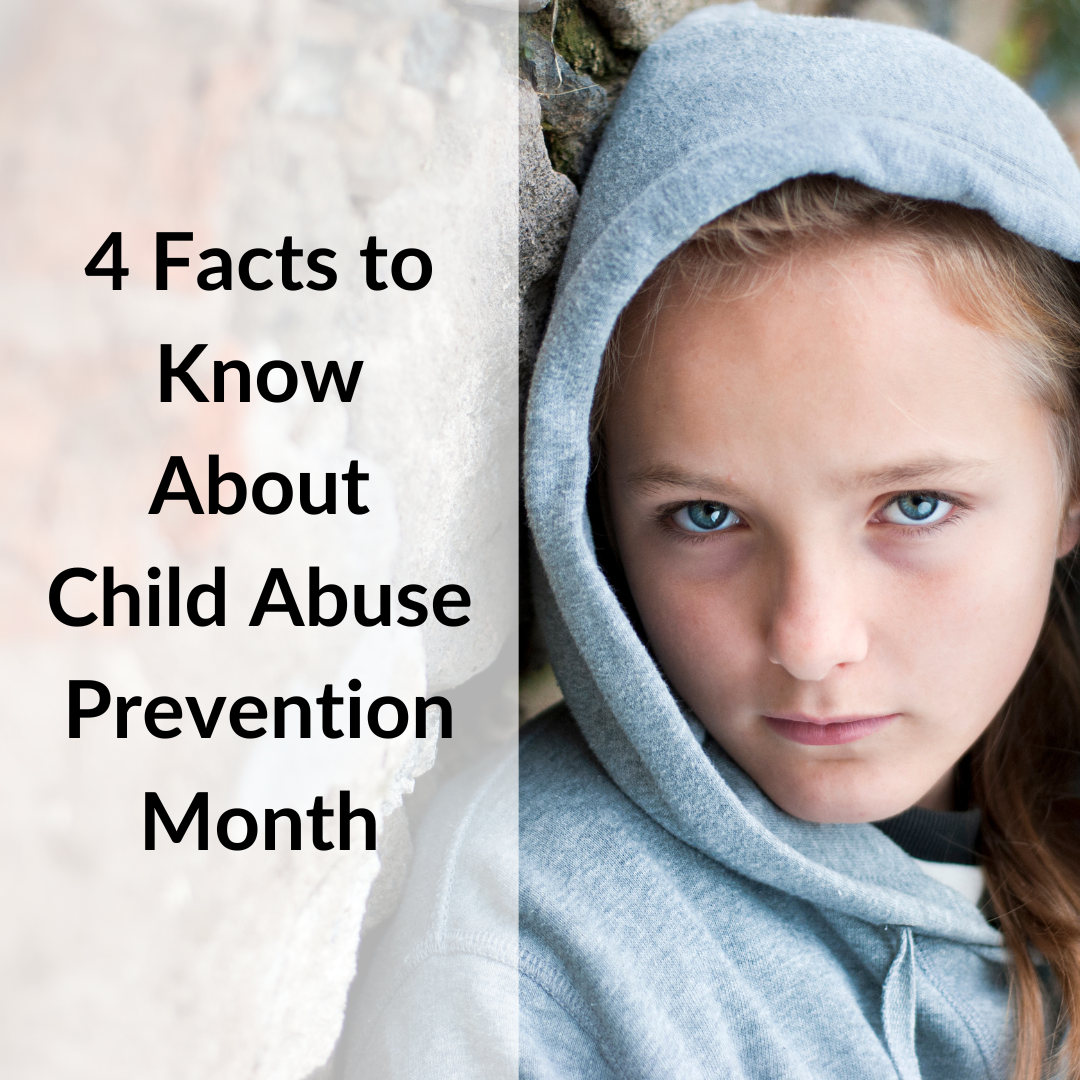
1. Child abuse and Childhood Domestic Violence (CDV) are two different things.
When you read the phrase “Childhood Domestic Violence,” what do you picture? Many believe Childhood Domestic Violence (CDV) is the same thing as child abuse, but these two phrases have different meanings.
Childhood Domestic Violence (CDV) occurs when a child sees their parent experience domestic violence. For example, if a child sees their parent hit by an intimate partner, the child experiences CDV.
On the other hand, child abuse occurs when a child directly experiences physical, verbal, emotional, or mental abuse.
2. Abused children often experience Childhood Domestic Violence (CDV) too.
Although child abuse and Childhood Domestic Violence (CDV) may seem like completely separate issues, these two experiences are deeply connected:
- Most perpetrators of domestic violence are men, and seven in ten men who are violent toward their partners are also violent toward their children.
- If a child lives in a home with domestic violence, they are 15 times more likely to be abused.
- Up to 70% of women in domestic violence shelters report that child abuse also occurred in their homes.
- 38% of abused children are exposed to domestic violence in their homes. 78% of the time, the domestic violence leads to child abuse.
If you know a child who is experiencing abuse or CDV, they are likely experiencing both issues in their home.
3. Although child abuse and Childhood Domestic Violence (CDV) refer to different experiences, they can both cause childhood trauma.
Child abuse and Childhood Domestic Violence (CDV) are both examples of Adverse Childhood Experiences (ACEs). When a child experiences ACEs, they are more likely to:
- Have behavioral issues as children
- Abuse alcohol and/or drugs as adults
- Experience physical health issues such as obesity, diabetes, and heart disease
- Experience mental health issues such as suicidal thoughts, depression, and anxiety
ACEs are traumatic events or circumstances that can cause lifelong negative outcomes for children.
4. Fortunately, there are research-proven ways to help children overcome the trauma caused by abuse and Childhood Domestic Violence (CDV).
Some children are more resilient than others when they experience traumatic incidents, including child abuse and Childhood Domestic Violence (CDV). Research has shown that children are more resilient when they have:
- A feeling of safety when they’re at home, at school, or in the community
- A high self-esteem and positive sense of self-worth
- Self-efficacy
- Spiritual or cultural beliefs, goals, or dreams for their future
- A special talent or skill
- Knowledge of coping skills they can use in difficult situations
Additionally, one of the most important factors that helps a child build resilience against trauma is having caring adults who support them.
Researchers find that even when children have temporary relationships with caring adults, such as teachers, daycare providers, and mentors, they are more likely to become resilient and experience positive life outcomes. For example, one study shows that abused children are more likely to avoid alcohol and tobacco use when they have support from caring adults.
You can become The One to change a child’s life and help them overcome trauma! Our 40-minute Change A Life program gives you the knowledge and skills you need to support children experiencing abuse and CDV.

